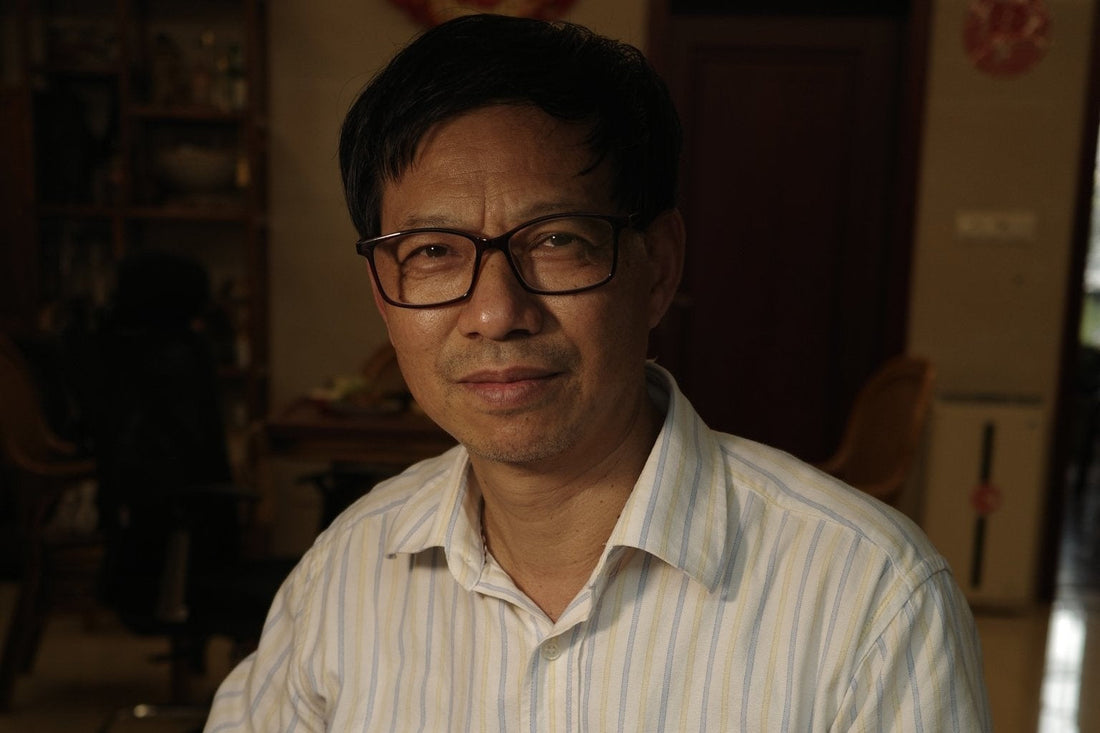
Master Zhou Qikun: Craftsmanship Behind Cha Zhi Ji’s Yixing Teapots
Share
Master Zhou Qikun: Craftsmanship Behind Cha Zhi Ji’s Yixing Teapots
At Cha Zhi Ji (茶知己), every teapot begins with a story—of clay, fire, and the hands that shape them. Our Yixing teapots are the result of an ongoing collaboration with Master Zhou Qikun (周其坤) and his studio, crafted to Cha Zhi Ji’s brand specifications for clay selection, form, and firing.
Explore our full collection here: Cha Zhi Ji Purple Clay Collection. Learn how we grade clay and choose materials: Purple Clay Grading System.

A Master Rooted in Yixing Tradition
Born in Dingshu Town, Yixing, the birthplace of purple clay, Master Zhou has devoted his life to preserving traditional Yixing artistry. He graduated from the Jiangsu Light Industry School in 1988 and studied under Master Yang Qinfang, inheriting the refined aesthetic and balance of the Wu School (吴派) lineage — known for elegant lines and proportionate structure.
Over more than three decades, Zhou has developed a personal style that merges precision and natural grace — a quiet harmony that reflects both tradition and innovation.
The Collaboration
Each Cha Zhi Ji teapot made in collaboration with Master Zhou follows our exclusive design specifications: clay selection matched to our internal Purple Clay Grading System, classic forms adapted to modern use, and firing calibrated for texture, color, and resonance.
From Earth to Art: The Making Process

1) Clay Selection & Refinement
Authentic Yixing Zisha ore is aged, crushed, sieved, and kneaded to achieve ideal elasticity and mineral balance. Zhou’s experience ensures the clay behaves perfectly during shaping and firing.

2) Hand Forming & Assembly
Each component — body, spout, handle, and lid — is made separately and joined by hand, ensuring precision and energy flow within the vessel. This is a hallmark of the Wu School approach: quiet strength within graceful restraint.

3) Drying, Firing & Polishing
After natural drying, the teapot is fired at over 1100°C to transform raw clay into a resonant vessel. It is then hand-polished with agate stones to reveal the natural luster of the clay — no glaze, no chemicals.



Explore more of our Yixing teapots in the Cha Zhi Ji Purple Clay Collection and learn about our Purple Clay Grading System.
